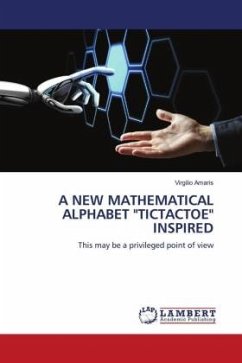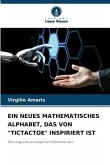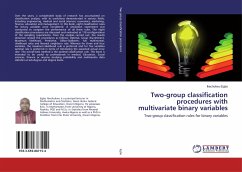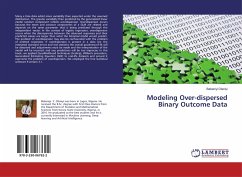After attending a course on Intelligent Systems at the National University of Colombia, and positively motivated by new AI technologies, neural networks, genetics, among others, I was intrigued by the symmetries of the "tic tac toe or three in a row" game, trying to find in the simplicity of the game, something that linked it to what was seen in the course, I found it initially and it is obvious that there are three families of results, first the "X" wins, second the "O" wins and third there is a tie; running random plays with an algorithm developed in Python, I found in "tie", 4 symmetries that consistently covered ~12.5% of the results, even running 1,000,000 games, which led me to find the ~87.5 Remaining %, which necessarily consisted of "X" gains or "O" gains, but did not turn out to be 33.3% for each family of results initially imagined, using Python and Excel and some other logic trick I was able to visualize the complete table that I present here. To my surprise I see it as a mathematical alphabet, with the simplicity of the origin of matter and with the additional characteristics of a complete, non-redundant and consistent mathematical language.
Bitte wählen Sie Ihr Anliegen aus.
Rechnungen
Retourenschein anfordern
Bestellstatus
Storno








